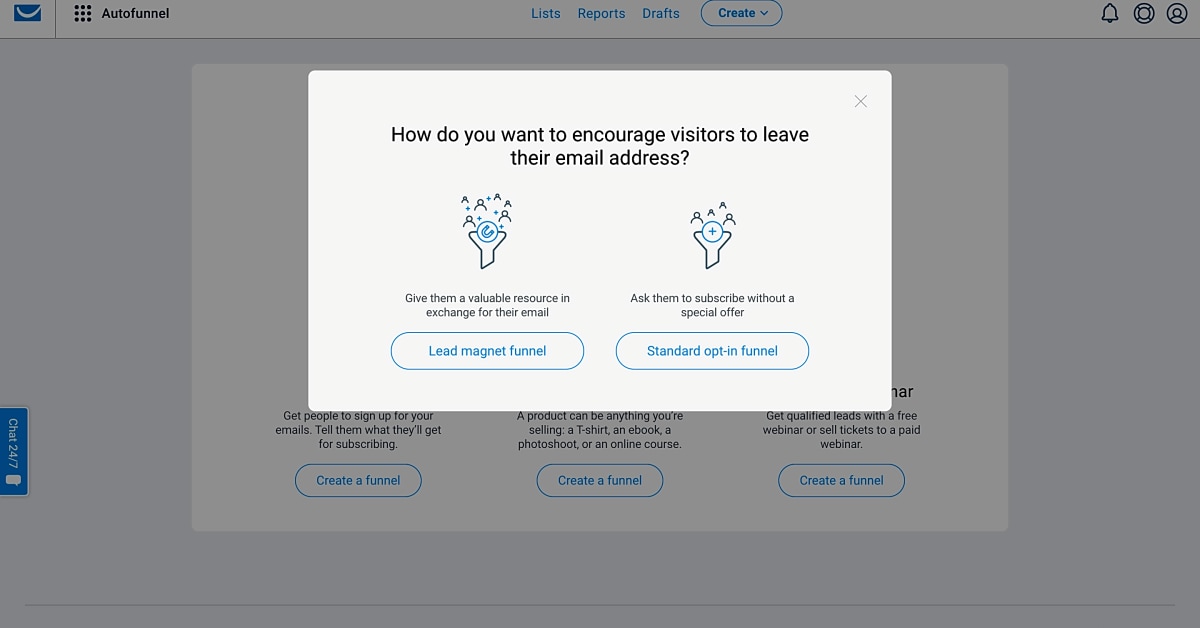Are you tired of sending generic emails to your entire email list, only to receive low open and click-through rates? One of the most effective ways to improve your email marketing strategy is by segmenting your email list based on interests. By targeting specific interests, you can ensure that your emails are relevant and engaging to your subscribers. In this article, we will discuss the importance of segmenting email lists based on interests and provide tips on how to effectively reach your target audience. So, if you’re ready to take your email marketing to the next level, keep reading!
As a marketer, you know the importance of reaching your target audience and promoting your business online. However, a one-size-fits-all approach is not always effective. That’s where segmenting email lists based on interests comes in.
Segmenting your email lists based on interests makes sense for several reasons. Let’s say you have a list of 1000 subscribers with various interests such as social media, content marketing, SEO, and paid advertising. If you send the same email promoting your latest blog post about social media to all 1000 subscribers, only a portion of them will be interested in that topic. This means that the majority of your subscribers may not open or engage with your email, resulting in a lower click-through rate and potential loss of customers.
However, by segmenting your list based on interests and sending targeted emails to each group, you are more likely to see higher open rates, click-through rates, and conversions. This is because you are providing valuable and relevant content to your subscribers, which increases their interest and engagement.
For example, you can send an email promoting your latest blog post about social media to subscribers who have shown interest in that topic before, while sending an email about SEO to subscribers who have shown interest in that topic. This personalization can make a big difference in the success of your email marketing campaigns.
By segmenting your email lists based on interests, you are not only increasing the effectiveness of your email marketing campaigns but also building a stronger relationship with your subscribers. When you provide them with relevant and valuable content, they are more likely to engage with your emails and trust your brand.
In addition to improving open rates and click-through rates, segmenting email lists based on interests can also help you gather valuable data about your subscribers. By tracking their interests and engagement with different topics, you can gain insights into their preferences and behaviors, which can inform your future marketing strategies.
Segmenting email lists based on interests is not a one-time task but an ongoing process. As your subscribers’ interests and behaviors change, you may need to adjust your segments and tailor your emails accordingly. This requires regular monitoring and analysis of your email marketing metrics.
In conclusion, segmenting email lists based on interests is crucial for effectively reaching your target audience and promoting your business online. By providing personalized and relevant content to your subscribers, you can increase their engagement and ultimately drive website traffic and boost sales. Make sure to regularly analyze your email marketing metrics and adapt your segments to keep up with your subscribers’ changing interests and behaviors.
How to Effectively Segment Your Email Lists Based on Interests
When it comes to effective email marketing, segmentation is key. By dividing your email lists into smaller, more targeted groups based on interests, you can create personalized and relevant content that will resonate with your subscribers. So how can you effectively segment your email lists based on interests? Here are some steps to follow:
1. Collect Data and Analyze:
The first step in segmenting your email lists based on interests is to gather data about your subscribers. This can include their past purchases, website behavior, or preferences stated in surveys. Use tools like Google Analytics or surveys to collect this information and analyze it to identify common interests among your subscribers.
Why Segmenting Email Lists Based on Interests is Important
As a marketer, it’s important to understand that a one-size-fits-all approach doesn’t always work when it comes to promoting your business online and attracting more customers. In today’s digital age, consumers are bombarded with a constant stream of marketing messages, making it essential to stand out from the crowd.
Segmenting email lists based on interests allows you to target specific interests of your audience and tailor your marketing strategies accordingly. By doing so, you can create more personalized and relevant content for your subscribers, which can lead to increased brand awareness, website traffic, and ultimately, sales.
When you segment your email lists based on interests, you are essentially sending the right message to the right people. This means that your subscribers are more likely to engage with your emails and take the desired action, whether it’s making a purchase or visiting your website.
Moreover, segmenting your email lists based on interests can also help you gather valuable data about your audience. By analyzing their interests and behavior, you can gain insights into what drives their purchasing decisions and adjust your marketing strategies accordingly.
Segmenting email lists based on interests is a crucial aspect of successful email marketing. By targeting specific interests of your audience, you can provide valuable and relevant content that leads to higher open rates, click-through rates, and conversions. Make sure to collect data, create segments, tailor your content, and analyze results to continually improve your email marketing strategy.



